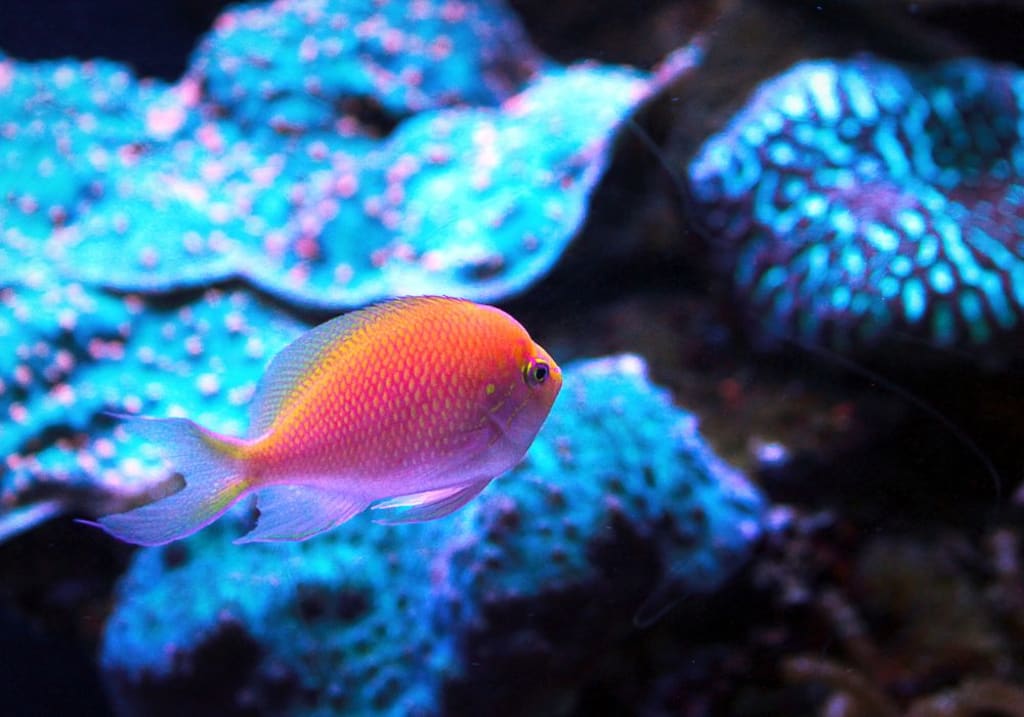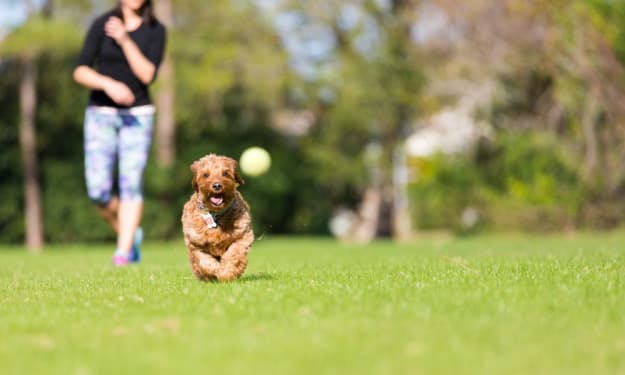
Goldfish are beloved aquatic companions that can bring endless joy and fascination to any home. Whether you're a seasoned fish enthusiast or a newcomer to the hobby, setting up the perfect goldfish tank requires careful planning and attention to detail. In this comprehensive guide, we'll walk you through the essential steps to create a healthy, vibrant environment for your goldfish to thrive.
Understanding Goldfish
Goldfish are a diverse and captivating species, with a wide range of varieties and unique characteristics. From the classic single-tailed comet to the stunning, flowing-finned fantail, each type of goldfish has its own specific needs and requirements. Familiarizing yourself with the different goldfish varieties and their unique traits is the first step in setting up a successful tank.
Goldfish Varieties
- Comet Goldfish: The most common and recognizable goldfish variety, comets are known for their streamlined, single-tailed bodies and vibrant colors ranging from orange to white and calico patterns.
- Shubunkin Goldfish: Shubunkins are a calico-patterned goldfish with a single, flowing tail. They are known for their hardiness and adaptability to various water conditions.
- Fantail Goldfish: Fantails are characterized by their distinctive, double-lobed tail fins that resemble a fan. They come in a variety of colors and are a popular choice for aquarium enthusiasts.
- Oranda Goldfish: Orandas are recognized by their distinctive "hood" or "wen" – a fleshy growth on the top of their heads. They are a slower-moving, more docile variety of goldfish.
- Ranchu Goldfish: Ranchus are a unique breed of goldfish with a rounded, humped body and a short, upturned tail. They are known for their gentle nature and require gentle water flow.
Goldfish Behavior and Needs
Goldfish are social creatures that thrive in groups, and they have specific requirements when it comes to water quality, tank size, and tank mates. Understanding these needs is crucial for creating a healthy and happy environment for your goldfish.
Goldfish are known to be messy fish, producing a significant amount of waste that can quickly deteriorate water quality if not properly managed. They also have a tendency to dig and uproot plants, which can disrupt the tank's ecosystem.
Proper tank size is another critical factor for goldfish care. Goldfish can grow quite large, and they require ample swimming space to maintain their health and well-being. A general rule of thumb is to provide at least 20 gallons for the first goldfish and an additional 10 gallons for each additional fish.
Setting Up the Goldfish Tank
Now that you have a better understanding of goldfish and their needs, let's dive into the step-by-step process of setting up a thriving goldfish tank.
Choosing the Right Tank
When selecting a tank for your goldfish, size is the most important consideration. As mentioned earlier, a minimum of 20 gallons for the first goldfish and an additional 10 gallons for each additional fish is recommended.
It's also important to choose a tank with a sturdy, leak-proof construction and a secure lid or cover to prevent your goldfish from jumping out. Tempered glass or acrylic tanks are both excellent options that can withstand the weight and water pressure of a well-stocked goldfish tank.
Substrate and Decorations
The substrate you choose for your goldfish tank can have a significant impact on the overall health and appearance of your aquarium. Goldfish are known to be avid diggers, so it's important to select a substrate that can withstand their foraging behavior.
Substrate Options:
- Sand: Aquarium sand or pool filter sand are excellent choices for goldfish tanks. The larger grain size helps prevent it from being easily kicked up and sucked into the filter.
- Gravel: While gravel can be used, it's not the ideal substrate for goldfish as they may accidentally ingest the small stones, leading to potential health issues.
- Bare Bottom: Some goldfish enthusiasts opt for a bare bottom tank, as it makes cleaning and maintenance easier. This approach can work well, but it may lack the natural aesthetic appeal of a planted tank.
When it comes to decorations, it's important to choose items with smooth edges and surfaces to prevent your goldfish from injuring their delicate fins. Avoid sharp rocks, jagged driftwood, or any decorations with small crevices that could trap your fish.
Suitable decorations for a goldfish tank include:
- Smooth river rocks
- Driftwood with rounded edges
- Silk or plastic plants with soft, flexible leaves
- Filtration and Water Flow
Goldfish are heavy waste producers, so a reliable and efficient filtration system is crucial for maintaining water quality. Opt for a high-quality canister filter or a combination of hang-on-back (HOB) and internal filters to ensure adequate water circulation and biological filtration.
When it comes to water flow, goldfish prefer a gentle, moderate current. Avoid strong water movement, as it can be stressful for your fish and cause them to expend unnecessary energy. Consider using a flow-adjustable filter or adding a powerhead to control the water flow in your tank.
Water Parameters and Maintenance
Maintaining proper water parameters is essential for the health and well-being of your goldfish. Goldfish are hardy fish, but they still require specific water conditions to thrive.
Ideal Water Parameters:
- Temperature: 60-72°F (15-22°C)
- pH: 6.8-7.8
- Ammonia: 0 ppm
- Nitrite: 0 ppm
Nitrate: Less than 20 ppm
To achieve and maintain these water parameters, you'll need to perform regular water changes, typically 25-50% per week, and use a high-quality water conditioner to remove chlorine, heavy metals, and other contaminants.
Additionally, it's essential to monitor water parameters closely, especially during the initial cycling process, and make adjustments as needed to ensure a stable and healthy environment for your goldfish.
Lighting and Decor
Goldfish do not require intense lighting, as they are not photosynthetic creatures. A simple LED or fluorescent light that provides a natural daylight effect is sufficient for your goldfish tank. Avoid placing the tank in direct sunlight, as this can lead to algae growth and fluctuations in water temperature.
When it comes to decorations, it's important to strike a balance between providing hiding spots and open swimming space. Incorporate a mix of smooth rocks, driftwood, and live or artificial plants to create a visually appealing and enriching environment for your goldfish.
Introducing Goldfish to the Tank
Once your tank is set up and the water parameters are stable, it's time to introduce your new goldfish. Follow these steps to acclimate your fish and minimize stress:
- Float the sealed bag containing your goldfish in the tank for 15-30 minutes to allow the water temperatures to equalize.
- Slowly add small amounts of tank water to the bag every 5-10 minutes to gradually acclimate the fish to the new water parameters.
- Use a net to gently transfer the goldfish from the bag to the tank, being careful not to pour the water from the bag into the tank.
- Observe your goldfish closely for the first few hours, ensuring they are adjusting well to their new environment.
Goldfish Care and Maintenance
Caring for goldfish requires a consistent and proactive approach to ensure their long-term health and happiness. Here are some key considerations for ongoing goldfish care and maintenance:
Feeding
Goldfish are omnivores and will readily accept a variety of foods, including flakes, pellets, frozen or freeze-dried foods, and even some live foods. It's important to feed your goldfish a balanced diet and avoid overfeeding, as this can lead to health issues.
As a general guideline, feed your goldfish 2-3 times per day, providing only as much food as they can consume in a few minutes. Observe your fish's behavior and adjust the feeding schedule and portion sizes as needed.
Tank Maintenance
Regular water changes and tank cleaning are essential for maintaining a healthy goldfish environment. Aim to perform a 25-50% water change weekly, using a high-quality water conditioner to remove chlorine, heavy metals, and other contaminants.
In addition to water changes, clean the tank's substrate and decorations regularly to remove accumulated waste and debris. Perform a thorough gravel vacuum or spot-clean the substrate as needed to keep the tank clean and well-oxygenated.
Tankmates and Compatibility
Goldfish are generally peaceful fish, but they can be aggressive towards smaller or slower-moving tank mates. When selecting tankmates for your goldfish, choose species that are similar in size, temperament, and water parameter requirements.
Some suitable tankmates for goldfish include:
- Koi
- Shubunkins
- Dojo loaches
- Mystery snails
- Nerite snails
Avoid housing goldfish with aggressive, fin-nipping species or those that require significantly different water conditions.
Conclusion
Setting up a thriving goldfish tank requires careful planning, attention to detail, and a commitment to ongoing maintenance and care. By understanding the unique needs of goldfish, selecting the right equipment and decor, and providing a stable, well-maintained environment, you can create a beautiful and rewarding aquarium that will bring joy and fascination to your home for years to come.
Remember, the key to success in goldfish keeping is patience, diligence, and a willingness to learn and adapt as your fish grow and their needs change. With the right approach, you can enjoy the beauty and wonder of these captivating aquatic companions for a long time.
About the Creator
Hasan
Welcome...
In this site of mine you can learn amazing things and many information that you don't know so please subscribe to my site.
Enjoyed the story? Support the Creator.
Subscribe for free to receive all their stories in your feed. You could also pledge your support or give them a one-off tip, letting them know you appreciate their work.






Comments
There are no comments for this story
Be the first to respond and start the conversation.